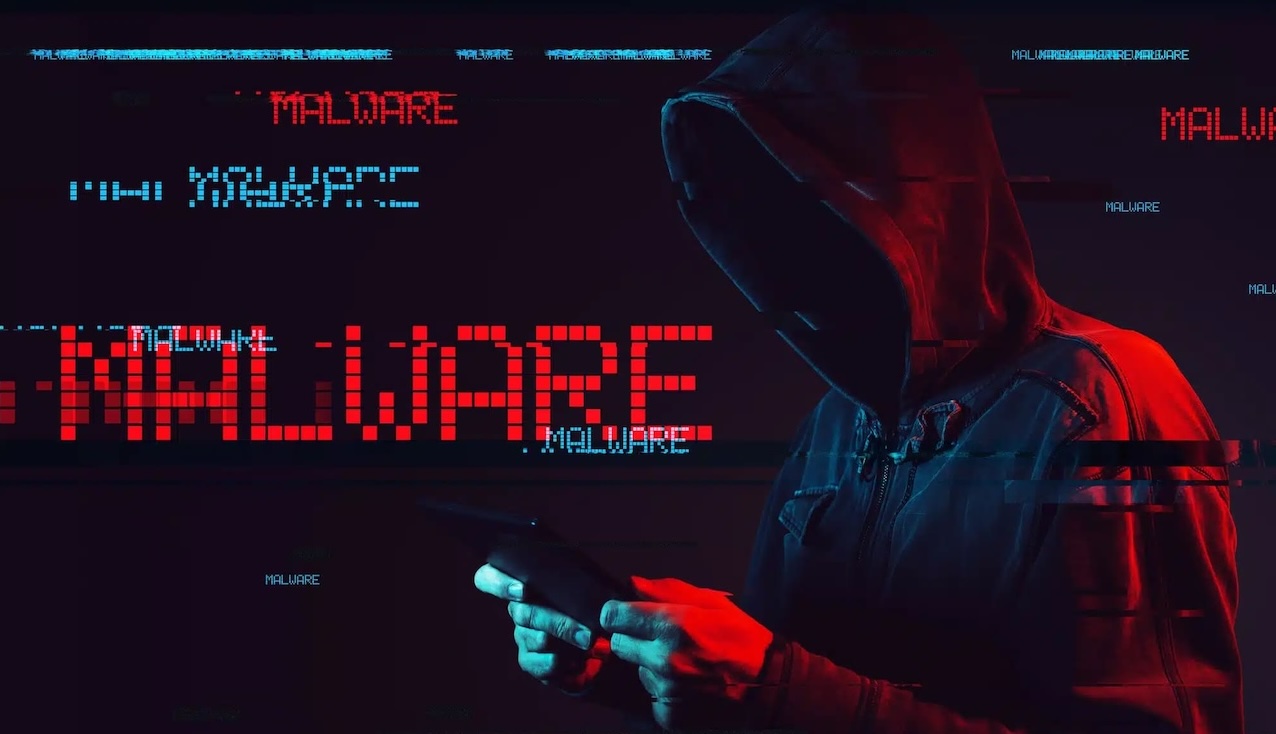In the first days of March we gave you an account of the not very comforting report from Clusit. In which the strong increase in serious cyberattacks in our country was highlighted: an even +65% in 2023 compared to 2022, compared to +12% worldwide.
For Italy, things are no better if we look at “Calibrating Expansion: Annual Cybersecurity Threat Report”, the Trend Micro Research study on cyber threats that hit during 2023.
In summary, as regards malware attacks, Italy is in first place in Europe for the third consecutive year. And, equally distressing, in fourth place globally. In the not very meritorious ranking we are only surpassed by Japan, the United States and India. Behind us, in fifth place, Brazil.


The report data
To more closely analyze some data from the Trend Micro Research report regarding our country, the total number of malware intercepted in Italy in 2023 was 277,616,731 (in 2022 there were 246,941,068). First place globally for Japan (1,169,219,233), followed by the United States (993,996,354) and India (288,557,845). It is superfluous, however, to point out the differences in territorial extension and population between our country and the three that precede us.
For the macro malware category (malicious programs that can spread via Word and Excel, and are therefore also capable of writing documents and sending them via email), in 2023 Italy was the seventh most affected country in the world, with 8,343 attacks.
In the same year, our country was hit by 19,632 ransomware and 206,694,717 threats via email.
Visits to malicious sites were 12,233,257 (126,777 those hosted in Italy and blocked). In 2023 we downloaded something like 165,879,889 malicious apps. While the unique online banking malware intercepted were 3,172.
Malware, Italy and the world: general aspects
Trend Micro's study for 2023 highlighted a change in the tactics of cyber criminals, who choose their targets more carefully.
“Attacks target selected profiles and rely less on generic phishing campaigns. This strategy allows you to bypass network and email filters and leads to the increase of malicious files on endpoints.”
The sectors most affected were healthcare, banking and public administration
The comment
Trend Micro said it intercepted and blocked 161 billion global threats in 2023, an increase of 10% compared to the previous year.
The company explains: “We are seeing a changing threat landscape, with criminals opting for quality of campaigns over quantity. Instead of launching attacks at a broader range of users and relying on victims clicking on malicious links on websites and emails, more sophisticated attacks are being launched that use specificity to fool a narrower field of high-profile victims.
This allows you to evade early detection layers, such as network and email filters.”
The Thales report
Another and even more recent report investigating cyber threats is the 2024 edition of the Thales Data Threat Report.
It is a report that “analyzes global trends in data threats and the underlying controls, regulations, risks and emerging technologies that need to be addressed. The report reflects the views of nearly 3,000 individual, management and executive level respondents from 18 countries across 37 industries and explores their data security experiences, challenges, strategies and achievements.”
According to the report, 93% of IT experts believe security threats are increasing, up from 47% last year.
Globally, the number of companies experiencing ransomware attacks increased by more than 27% in 2023. Yet less than half have ransomware protection in place (and 8% pay ransom demands).
Malware is the fastest growing threat: 41% of businesses have experienced a malware attack in the past year, followed by phishing and ransomware.
Finally, for the second consecutive year, 31% of companies identify human error as the main cause of data breaches.















Leave a Reply
View Comments